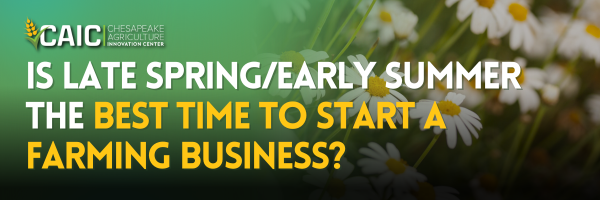After several years of building their successful Sweet Gnome candy business, Tom and Tina Cropper wanted to add a healthier option to their sweets line. They developed a healthy and delicious granola, but they had an appetite for more.
“After adding granola we still were looking for something with more impact on good health, “Tom Cropper said recently. “Then we found spirulina – and we knew this was what we needed, especially after we found out that NASA (the National Aeronautics and Space Administration) had legitimized spirulina as an excellent source of protein and other nutrients”.
So, what, exactly is spirulina, and what is its value as a nutritional supplement? Spirulina is one of nature’s blue-green algae. It has been used for centuries as a food source in several cultures throughout the world. Unlike many supplements that are marketed for curing every ill known to man, spirulina has scientific studies that validate its efficacy on several nutritional and health fronts.
Much of the research carried out on spirulina has been done by NASA in its search for compact, nutrient-dense, stable sources of food that will solve the problems of feeding astronauts in space and providing nutrition that will offset the negative physiological changes (such as loss of bone density, muscle atrophy, negative impact on the cardiovascular and other systems, and degradation of immune function) that are caused by space travel. NASA seeks to ameliorate these negative changes and those caused by environmental factors (oxygen versus carbon dioxide levels, temperature, and humidity) in a space capsule. In its search to find nutrients that would work as countermeasures to the negative aspects of space travel NASA discovered many positive aspects of spirulina and has adapted it for use by astronauts.
Spirulina traditionally grows in various natural outdoor bodies of water, but this does not offer the benefits of protecting the spirulina from the vagaries of Mother Nature – nor does it provide much opportunity for providing a consistent product. Fortunately, spirulina can be grown in a more controlled environment – indoors on shallow tables or in tanks. Tanks provide the opportunity to grow more spirulina with a smaller footprint – going vertical provides more volume per square foot of floor space.
At the Croppers’ spirulina facility in Salisbury on Maryland’s Eastern Shore, the innovative tanks developed by the Croppers’ Pelaton Pharma company are joined by innovations in providing the three things that spirulina needs to grow and flourish: air, circulation, and water.
“Pelaton is the anglicized version of the French word ‘Peloton’ that describes a small group of people striving diligently for a common cause,” Cropper explains. “Our cause is to provide a process for farmers on the Eastern Shore to be able to produce spirulina — a profitable, year-round, product that produces oxygen, sequesters carbon dioxide, reduces greenhouse gases, and produces no nutrient runoff that could harm the Chesapeake Bay.”
Another aspect of the Croppers’ cause is helping to alleviate malnourishment around the world.
“We will donate 10 percent of our net profit to help malnourished people domestically and globally,” Tom Cropper said. “Research has shown that one tablespoon of spirulina each day with other food makes a huge developmental difference in growing children.”
So spirulina is good for human consumption, good for the environment, and a possible profit center for farmers….but what does it taste like? To date, spirulina typically is processed and marketed as a dried powder in capsule form, but the Croppers have found that unprocessed spirulina has the highest nutritional content. The Croppers’ spirulina will be available in its liquid form – just as it is grown – and it also will be frozen into cubes that will have a longer shelf life than the liquid version. It can be taken straight; mixed with any liquid; used in a smoothie, soups, stews, salad dressings – or developed into a recipe of one’s choice!
Tina Cropper has used fresh spirulina in miniature cheesecakes, white chocolate and dark chocolate confections, and mixed with apple juice. Her creations have all been delicious and have truly showcased the many facets of spirulina.
About the taste…spirulina is tasty on its own. It exhibits an almost caramel taste in sweet applications and a grassier note when used in savory dishes such as noodles or wraps.
As of late April 2022 the Croppers have received FDA approval for their spirulina products and are awaiting approval from the State of Maryland, which Tom Cropper expects within the next few weeks.
For more information:
1) https://tinyurl.com/LinaLoop
2) www.webmd.com/diet/spirulina-health-benefits
3) https://www.mylifeinfused.com/why-nasa-is-studying-the-health-benefits-of-spirulina/
4) www.healthdigest.com/678443/the-real-reason-astronauts-take-spirulina-supplements/
5) Chesapeake Agriculture Innovation Center’s PODCAST on Tom and Tina Croppers’ Spirulina Project: https://caic.org/podcasts/







